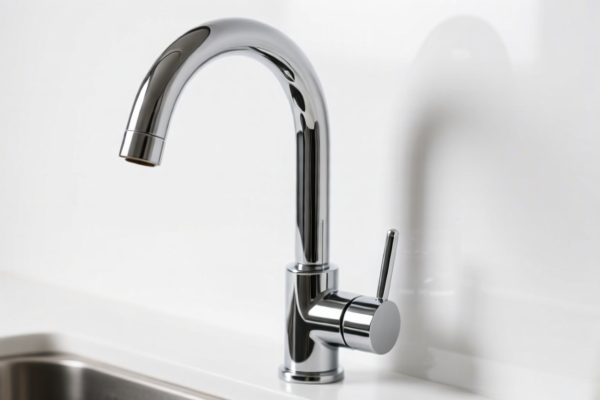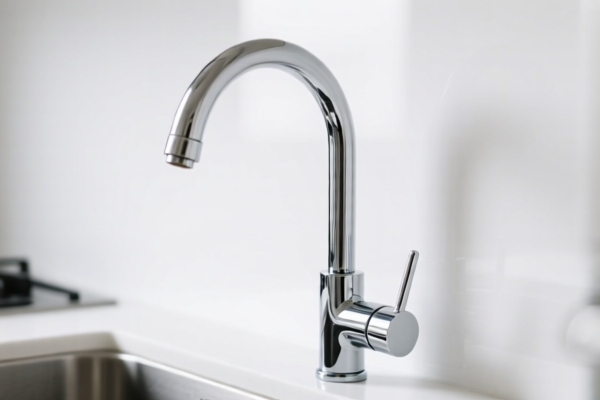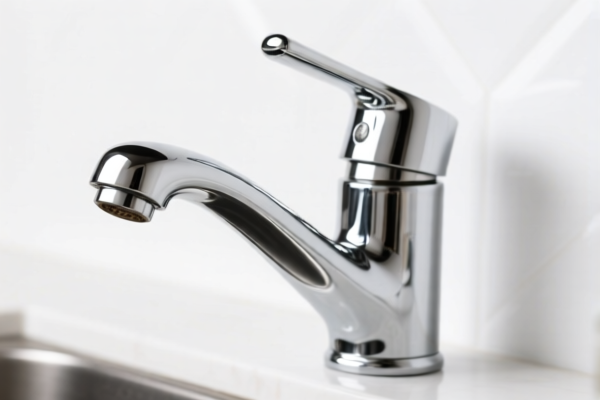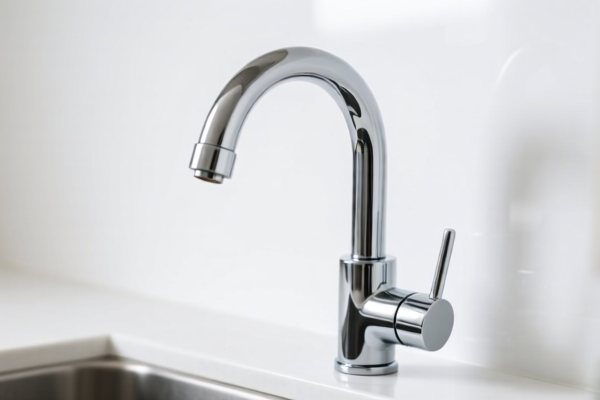| HS Code | Official Doc | Tariff Rate | Origin | Destination | Effective Date |
|---|---|---|---|---|---|
| 8481100040 | Doc | 57.0% | CN | US | 2025-05-12 |
| 8481805060 | Doc | 58.0% | CN | US | 2025-05-12 |
| 7907001000 | Doc | 33.0% | CN | US | 2025-05-12 |
| 7907006000 | Doc | 58.0% | CN | US | 2025-05-12 |
| 7901110000 | Doc | 56.5% | CN | US | 2025-05-12 |
| 7901125000 | Doc | 56.5% | CN | US | 2025-05-12 |




Faucet Filter
A faucet filter is a water purification device attached directly to a faucet to reduce contaminants in tap water. It provides on-demand filtered water at the point of use.
Material
Faucet filters commonly incorporate several materials in their construction:
- Housing: Typically made of durable plastics like Polypropylene (PP) or Acrylonitrile Butadiene Styrene (ABS).
- Filter Media: This is the core component, varying based on the type of filter and contaminants targeted. Common media include:
- Activated Carbon: Reduces chlorine, taste, odor, volatile organic compounds (VOCs), and some pesticides. Often derived from coconut shells or coal.
- Sediment Filters: Remove particulate matter like rust, sand, and dirt. Usually made of polypropylene fiber or spun polyester.
- KDF Media (Kinetic Degradation Fluxion): Often used in conjunction with activated carbon. Reduces chlorine, heavy metals (lead, mercury), and inhibits bacterial growth.
- Ion Exchange Resin: Reduces hardness minerals (calcium, magnesium) and some heavy metals.
- Ceramic Filters: Fine pore size for removing bacteria and sediment.
- Seals & Connectors: Rubber or silicone for watertight connections.
Purpose
The primary purpose of a faucet filter is to improve the quality of drinking water by:
- Reducing Contaminants: Removing or reducing harmful substances like lead, chlorine, bacteria, viruses, sediment, and other impurities.
- Improving Taste and Odor: Removing chlorine and other compounds that affect water's palatability.
- Providing Convenience: Offering filtered water on demand without the need for pitchers or larger filtration systems.
- Cost-Effectiveness: Generally less expensive than whole-house filtration systems or bottled water.
Function
Faucet filters operate through various mechanisms:
- Physical Filtration: Sediment filters remove particles based on size.
- Adsorption: Activated carbon adsorbs contaminants onto its surface.
- Ion Exchange: Resin exchanges unwanted ions for harmless ones.
- Chemical Reaction: KDF media induce chemical reactions to convert contaminants.
- Microfiltration/Ultrafiltration: Ceramic filters physically block contaminants based on pore size.
Usage Scenarios
- Home Kitchens: The most common application for improving drinking and cooking water.
- Apartments & Rentals: Easy installation and portability make them suitable for renters.
- Travel: Portable faucet filters are available for use while traveling.
- Emergency Preparedness: Providing a source of clean water during emergencies.
Common Types
- Standard Faucet Filters: Attach directly to the faucet spout. Often include a switch to toggle between filtered and unfiltered water.
- Faucet Filter with Diverter Valve: Include a valve to direct water flow through the filter or bypass it.
- 3-Way Faucet Filters: Allow for switching between unfiltered water, filtered water, and spray mode.
- Portable Faucet Filters: Compact and lightweight for travel or emergency use.
- Shower Filters: While not strictly faucet filters, they share similar technology for removing chlorine and other contaminants from shower water.
- Lead Removal Filters: Specifically designed to reduce lead levels in water. Often NSF/ANSI certified for lead reduction.
Based on the provided information, “faucet filter” can be classified under the following HS codes:
-
8481100040: This HS code covers taps, cocks, valves and similar appliances for pipes, boiler shells, tanks, vats or the like, including pressure-reducing valves and thermostatically controlled valves; parts thereof – Pressure-reducing valves Pneumatic fluid power type: Filter-regulators and filter-regulator-lubricators. This is applicable if the faucet filter functions as a pressure-reducing valve with filtration capabilities. The basic tariff is 2.0%, with an additional 25.0% tariff, increasing to 30.0% after April 2, 2025, resulting in a total tariff of 57.0%.
-
8481805060: This HS code covers taps, cocks, valves and similar appliances for pipes, boiler shells, tanks, vats or the like, including pressure-reducing valves and thermostatically controlled valves; parts thereof – Other appliances: Hand operated: Of other materials Bath, shower, sink and lavatory faucets. This is applicable if the faucet filter is a hand-operated faucet made of other materials. The basic tariff is 3.0%, with an additional 25.0% tariff, increasing to 30.0% after April 2, 2025, resulting in a total tariff of 58.0%.
According to the provided reference material, the HS code options related to 'faucet filter' are limited, with only the following 2 found.
Customer Reviews
No reviews yet.